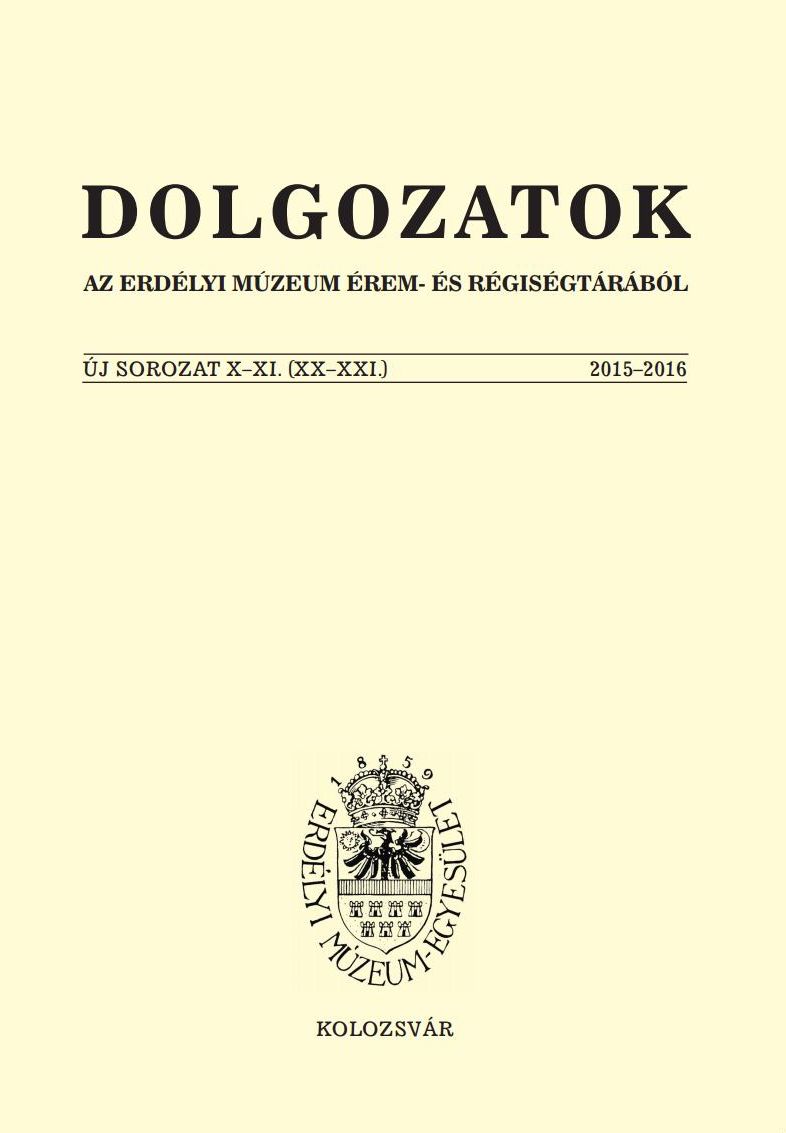Nemzetek a piedesztálon
Nations on pedestal
Public sculptures in the city of Brașov in the Austro-Hungarian Empire’s Dualist Period
Author(s): Hunor VécseiSubject(s): Architecture, 19th Century, History of Art
Published by: Erdélyi Múzeum-Egyesület
Keywords: Brașov; public sculptures; Dualist Era; Hungarian Millennium; ethnic groups
Summary/Abstract: After the Austro-Hungarian Compromise of 1867 monuments and sculptures that commemorated the most important historical figures (often viewed as heroes) of a community started to appear in public spaces of Transylvanian cities. Analysing the creation of these public monuments may provide insight into a specific social practice that has roots in the patriotic ideas, the appreciation for the nation’s past and the intention to remember and remind. Even though some databases and summaries regarding this topic were published in the last years, nevertheless there has been no thorough and comprehensive research on the public sculpture and the memorial practice in the Dualist Era (1867– 1914), in spite of the art historical and social significance of this subject-matter. The present study analyses the public sculptures erected during the Dualist Era in the Transylvanian city of Brașov (Brassó). In the last decade of the 19th century two public monuments were erected in the city, with the financial support of the two main ethnic communities, the Hungarian and the Saxon. In 1896 one of the seven monuments commemorating the Hungarian Millennium was placed on the Tâmpa (Cenk) Mountain’s peak, located in the south-western area of the city. This monument was projected by technical adviser Gyula Berczik and Gyula Jankovits, a sculptor from Budapest. It consisted in a 21.5 meters high column and a statue representing a knight from the Arpadian age placed on top of it. Two years later, by the initiative of the Saxon Lutheran priest Franz Obert, the Saxon community erected a full-length statue in the front of the Black Church to commemorate Johannes Honterus. This bronze sculpture of the famous Saxon reformer was made by one of the leading sculptors of the period, Harro Magnussen (1861–1908) from Berlin. Both nations, the Hungarians and the Saxons, have left memorial marks with different motives and means. The monumental column commemorating the Millennium was financed in 1896 from the state budget, being the result of a nationwide initiative that hasn’t been linked to the city’s own history or to the local community. The monument’s placement in Brașov, a city inhabited by multiple ethnic groups, was meant to emphasize the primacy of the Hungarians, thus the monument also served as the symbolic landmark of the south-eastern part of the Austro-Hungarian Monarchy. On the other hand, the Honterus monument erected two years later, in 1898, was created by public subscription to a local initiative, and was completed after 15 years of diligent pursuit of resources. The installation of the statue was justified because of the significant role played by the Saxon Reformer in the city’s history and in the local community’s life. Even though the erection of both monuments was marked by conflicts between the ethnic groups of the city, these disturbances were more accentuated in the case of the Millennium-monument, beginning with the very projection, leading to extreme amplifications that eventually led to the demolition of the memorial.
Journal: Dolgozatok az Erdélyi Múzeum Érem- és Régiségtárából. Új sorozat
- Issue Year: 2016
- Issue No: X-XI
- Page Range: 223-238
- Page Count: 16
- Language: Hungarian

